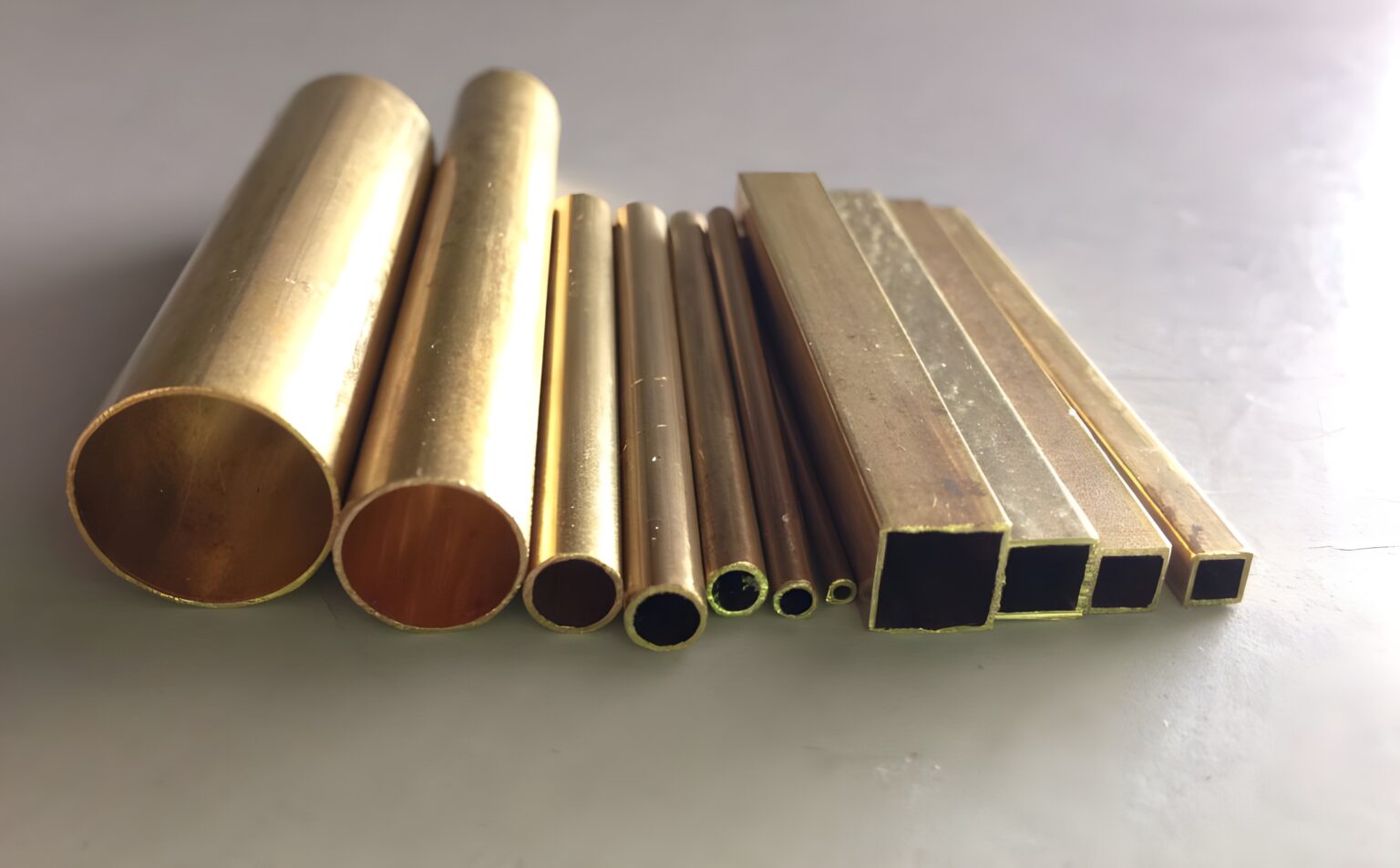63/37 BRASS
Lead-Free Brass 63/37, also known as Cartridge Brass, is a widely used copper-zinc alloy with excellent cold-working properties, making it suitable for a variety of applications requiring good strength, ductility, and corrosion resistance.
Composition
- Copper (Cu): 63%
- Zinc (Zn): 37%
- Lead (Pb): <0.09% (Lead Free)
GRADES
ASTM B 135 C27000:
- ASTM B135: Standard Specification for Seamless Brass Tube.
- C27000: Designation for 63/37 Brass in this standard.
JIS H3300 C 2700:
- Japanese Industrial Standard for copper and copper alloy seamless tubes.
- C27000: Japanese designation for 63/37 Brass.
IS4413 Grade I&II:
- Indian Standard for copper and copper alloys.
- Grade I & II: Designations for different grades of 63/37 Brass.
EN 12449 CW 507L:
- European standard for copper and copper alloys – Seamless, round tubes for general purposes.
- CW 507L European designation for 63/37 Brass.
Properties:
- Corrosion Resistance:
- Good resistance to corrosion in various environments, including freshwater and mildly acidic conditions.
- Resistance to dezincification and stress corrosion cracking.
- Mechanical Properties:
- Tensile Strength:Typically around 300-550 MPa.
- Yield Strength: Approximately 100-200 MPa.
- Elongation: Generally around 25-40%, indicating good ductility
- Hardness: Moderate hardness, with a typical Brinell hardness number (HB) of around 80-110.
- Thermal and Electrical Conductivity:
- Good thermal conductivity, making it suitable for heat exchanger and other thermal applications.
- Moderate electrical conductivity, less than pure copper but sufficient for many industrial uses.
Applications:
- Plumbing and Heating: Used in plumbing systems, fittings, and valves due to its corrosion resistance and mechanical properties.
- Industrial Applications: Employed in various industrial equipment, including marine hardware, fasteners, and components requiring good mechanical strength.
- Electrical Applications: Used in electrical connectors and components where moderate conductivity is sufficient.
- Architectural Applications: Utilized in decorative and architectural elements due to its aesthetic appearance and workability.
